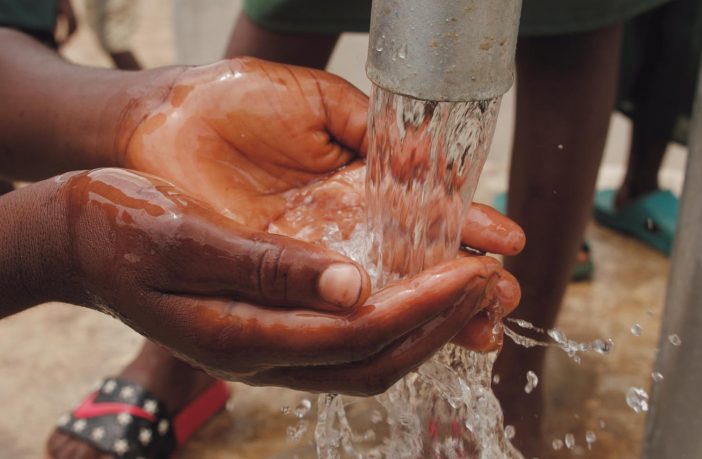- The International Development Association (IDA) has provided a grant of USD 150 million to the government of Mozambique for the development of infrastructure for the supply of potable water to the country’s two northern provinces of Nampula and Zambezia which make up 39% of Mozambique’s total population.
- The new water supply infrastructure will make use of solar power.
The two provinces lag behind the rest of the country in terms of basic infrastructure, including water supply, sanitation and electricity. Zambezia Province, for example, has only 30% access rate to safe water and 25% access to sanitation.
The World Bank will provide block grants to the elected provincial governments of Nampula and Zambezia so that they can assume their leading role and responsibility in planning, implementing, and overseeing the development of water and sanitation infrastructure in rural areas. Each provincial government will work with the selected districts to “ensure participatory investment planning for 500 dispersed water points, including 100 multiple-use systems and facilities for small-scale crop and livestock irrigation,” the World Bank says.
The Government of Mozambique plans to invest in water and sanitation infrastructure in 17 small towns in Zambezia (seven) and Nampula (ten) provinces and to provide incentives, through performance-based contracts, to improve the financial and operational sustainability of these essential services. The project will carry out civil works in piped water supply systems for 22 rural growth centers, including the construction and improvement of water sources, treatment plants, and the laying of pipes for transmission, distribution, and house connections.
To address the problem of power supply, the government will equip drinking water production facilities with solar photovoltaic systems. This equipment will also replace or hybridize existing diesel generators and thus reduce the impact of load shedding on the national electricity grid on water pumping and treatment.
“For rural women and girls, increased water availability means less time spent fetching water. By rehabilitating and improving 179 school sanitation facilities, including menstrual hygiene management facilities in schools, this operation will result in a decrease in menstruation-induced absenteeism and dropouts for girls,” enthuses Idah Z. Pswarayi-Riddihough, the World Bank’s director for Mozambique, Madagascar, Comoros, Mauritius and Seychelles.
The World Bank funding will also be used to improve sanitation facilities in 150 rural schools and at the household level, reaching 20,000 poor families. The project also includes special provisions to extend service and improve water supply and sanitation between IDP relocation centers and host communities in Nampula and Zambezia provinces. These IDPs are fleeing the abuses of rebel groups in Cabo Delgado province.
Author: Bryan Groenendaal
Source: IDA











